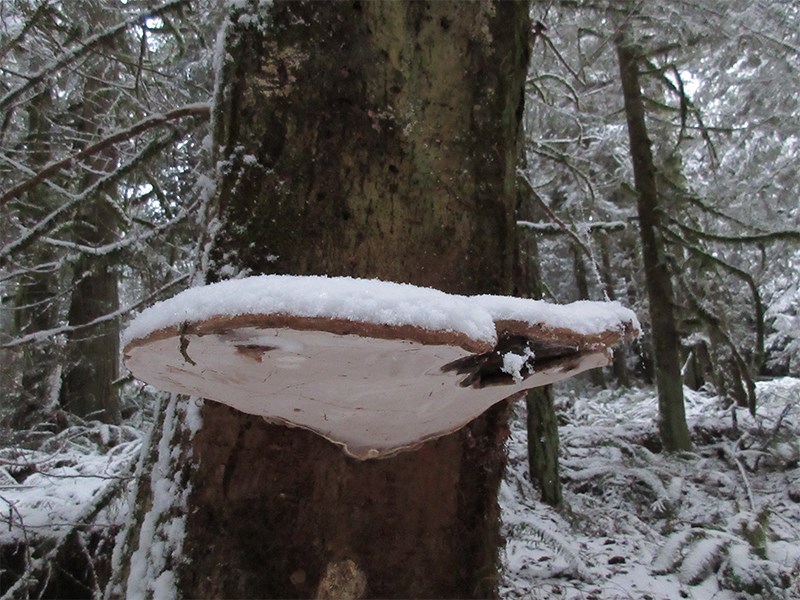Just up the road from me this week, an excavator and a feller-buncher are chewing their way through a new cutblock. According to BC Timber Sales, it is an age class 6 forest, meaning trees of 100 to 120 years of age, which is older than feller-bunchers and chemically managed replanting schemes. It might be second growth, but it’s still old enough to actually be called a forest.
A modern tree plantation is as different from a natural forest as a suburban lawn is different from a wild meadow. BC Timber Sales will tell you that there is an old-growth management area in the north-eastern corner of this block, extending into the protected area around the Sunshine Coast Trail to the north. They will also be quick to point out that it is only a five-hectare block, so it does really mean much.
By itself, maybe it doesn’t. But you can’t take a little piece of a forest and consider it by itself. These disconnected pieces of natural forest in a sea of clearcut are like desert islands to the shipwrecked ecology of coastal forests; enough for survival, maybe, but not for long.
Our public forests are managed as if they are individual pieces that can be pulled apart from each other, as if a forest is only the trees and as long as some trees over a certain age are left standing, everything can carry on as usual. Take a look at how few forests are left and you will see where that kind of thinking has gotten us.
Myself and others like me, who advocate for forests and not just lawns of trees, are often painted as two-dimensional characters who hate loggers and logging. I come from a logging family and I’m not against logging; I’m against stupid logging. I’m against logging that lowers the overall quality of the forests, from an economic and ecological standpoint. I’m against flattening hectares upon hectares of forest, trucking away the nicest pieces, and leaving the rest to rot.
Most of all, I’m against vacuuming trees out of the landscape with as little labour cost as possible, so corporate shareholders and company bosses can benefit. I’m against replacing whole crews of careful fallers with one feller-buncher operator, then sending all the logs, along with all the value-added jobs, somewhere far away so corporations can make more profit.
There are ways of cutting trees that leave the forest intact, that can provide the fibre resources our community needs and keep people working without tearing apart the fabric of the landscape. Those ways of doing things provide a living for the ones who actually do the work, not for corporations. We’ve had 30 years of logging policy in this province that cares more about corporate profits than workers or woods.
BC Timber Sales has all kinds of fancy maps and charts to try and tell me that flattening this little piece of forest with a feller-buncher and turning it into a tree lawn is just fine. If I object, they will throw up their hands and mumble something about jobs.
If they actually cared about jobs, or forests, they’d do things differently. I hope this community can start demanding that they do just that, before it’s too late.



